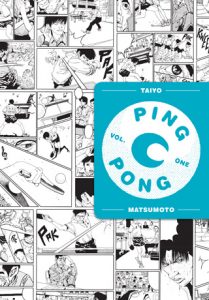 Ping Pong
Ping Pong
Story & Art: Taiyo Matsumoto
In sharp contrast to his most recent North American release, Cats of the Louvre, Taiyo Matsumoto’s Ping Pong has finally reached the West in an official translation from VIZ Media. With an anime adaptation directed by the equally distinctive auteur Masaaki Yuasa (Devilman Crybaby), this long overdue manga release has been eagerly awaited by fans for a long time now. And it’s easy to see why they would want it so badly.
The story itself is pretty straightforward: Two friends grow up playing ping pong together. One, Peco, wants to be a champion, and the other, Smile, has natural talent but no ambition. Smile’s abilities are recognized by his high school table tennis coach, and he is dragged into training that he doesn’t want to do. Peco, jealous of the attention Smile is getting and the fact that he is surpassing Peco, ends up dropping out of ping pong for the time being. There are rivalries with other school ping pong clubs, and of course a tournament.
But what makes Ping Pong stand out, as with all of Matsumoto’s manga, is his artwork. This is a sports manga, but it bears little resemblance to contemporaries like Slam Dunk — which also has incredible artwork, but of a different mode. Matsumoto eschews typical shonen action visuals, using his surrealist, jagged style to heighten the drama of each character’s inner struggle with a sport as seemingly mundane as table tennis. He does not shy away from symbolism, and he is a master of super close-ups. What’s more, there are no midtones; this is all heavy blacks on stark white, with hatching to emphasize shadow and light.
Along with the standard themes of friendship and rivalry, Matsumoto has woven in a subtle thread of nostalgia. Peco, whose real name is Yutaka Hoshino, has an obsession with snack foods and candy, constantly talking about how they used to be one way or the other. In fact, all the characters having nicknames also feels very old school, like gangs of boys who patrol neighborhoods on bicycles with playing cards clipped to their wheel spokes. And Coach Joe has absolutely taken on training Smile (Makoto Tsukimoto, named for the fact that he never smiles) in an effort to prevent the boy from making his same mistakes in the world of ping pong. Coach Joe reminisces about his past with the woman who runs the table tennis club in town, itself a relic of a bygone age, one that was slowly making way for the high-tech future at the time Ping Pong was first serialized in 1996.
Though the story focuses on the complicated friendship between Peco and Smile, Matsumoto gives plenty of space for other characters to show how serious they are about the sport. Kong Wenge, a Chinese champion known as “China,” has been sent to Japan to try to prove himself, and his ability to return home hinges on his performance. Smile and Peco’s childhood friend Dragon is obsessed with counting wins and losses, and determined to best his old comrades now that he has trained on an elite, highly disciplined team. The boys, for they are all high school boys despite their seriousness, are all connected to each other somehow, and ping pong is the tenuous thread holding them together.
Whether you’re a fan of sports manga or not, Ping Pong has a lot to offer in terms of story and visuals. Matsumoto is a master of action, using panels like a movie camera to zoom, focus, and cut, and giving each game the rapidfire pace of a real ping pong match. The first of two volumes clocks in at a meaty 520 pages, and will be released on May 19, 2020, through VIZ Media.
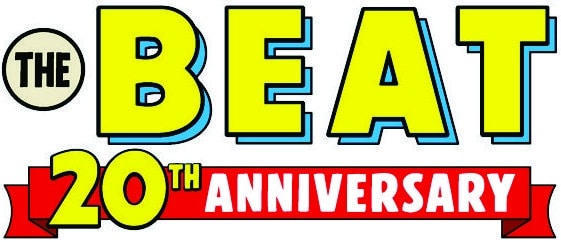




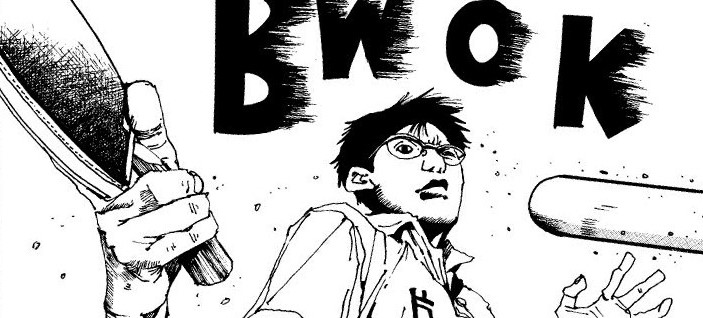
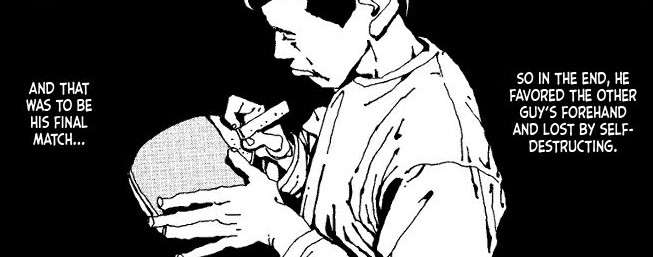


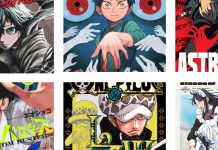






Just picked this up today! Had read it originally through scanlation sites and then had a friend pick up the original Japenese collections. So excited to have this officially translate and collected. Matsumoto’s art is truly amazing. Highly recommend!
Comments are closed.